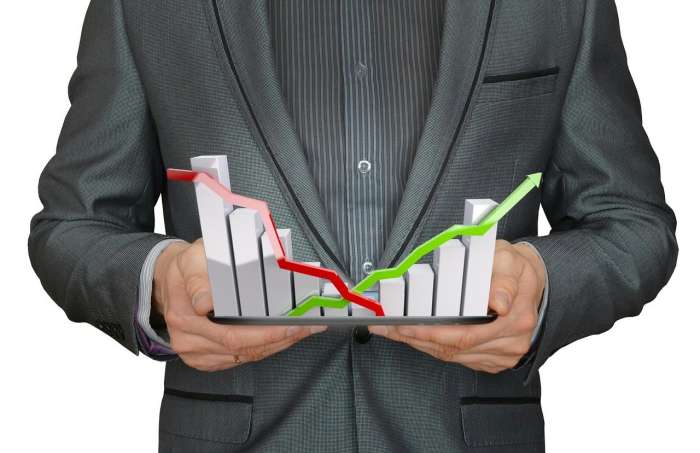After contracting for two quarters in a row, the economy of India is out of recession now and the GDP is showing in the positive trajectory. The ongoing vaccination programme has raised hopes that the economy will bounce back stronger in the next fiscal year as consumers are venturing out like pre-pandemic times, of course, observing the Covid protocols as per the government guidelines.
The gross domestic product (GDP) expanded by 0.4% n the October-December quarter, government data showed. This was mainly due to good performance by farm, services and construction sectors. India’s economic growth in the December quarter is a “reflection of a further strengthening of V-shaped recovery that began in Q2 of 2020-21,” Union Finance Ministry has said.
Also Read | New rules for social media & OTT platforms: Explained
The GDP had contracted by a massive 23.9 per cent in the April to June quarter amid the Covid-19-induced nationwide lockdown and it came down by 7.5 per cent during the July to September quarter.
GDP is the sum total of four components – consumption, government expenditure, investment and net exports. Among these, consumption, which accounts for more than 50 per cent share of the GDP is considered to be the backbone of the Indian economy.
In a statement, the finance ministry said the vaccination drive will support a further revival of contract-based services. A continuous decline in the pandemic curve and a step-up in vaccination drive, as recently announced will support further revival of the contact-based services. Given that services constitute more than 50 per cent of total GVA in the country, it becomes the most important source for increasing consumption in the economy. Real GVA in Agriculture continues to provide vital support to the economy has grown from 3.3 per cent in Q1 to 3.9 per cent in Q3.
“The sharp V-shaped recovery has been driven by rebounds in both Private Final Consumption Expenditure (PFCE) and Gross Fixed Capital Formation (GFCF) as a combination of astute handling of the lockdown and a calibrated fiscal stimulus has allowed strong economic fundamentals to trigger a quick resumption of high activity levels in the economy,” the statement read.
Also Read: Short distance train fares hiked to curb Covid spread
While GFCF has improved from a contraction of 46.4 per cent in Q1 to positive growth of 2.6 per cent in Q3, PFCE has recovered from a contraction of 26.2 per cent in Q1 to a much smaller contraction of 2.4 per cent in Q3.
“The initial policy choice of “lives over livelihoods” succeeded by “lives as well as livelihoods” is now bearing positive results converging with the foresight Government had about an imminent V-shaped recovery when it entered the war with the Pandemic on health and economic fronts,” it added.
In its Monetary Policy Review presented on 5 February, the Reserve Bank of India (RBI) had projected a GDP growth of 10.5 per cent in the financial year 2021-22.
The recent surge in Covid-19 cases which has raised fear of a second wave of the pandemic is another area of concern for the rebounding economy. But now with the vaccination drive in place, India is well equipped to tackle the situation and people also are confident of fighting the virus and tiding over the crisis. “India is not yet out of the danger of the pandemic. Social distancing continues to be the most effective tool to combat the pandemic as activity levels continue to rise in the economy boosted by the rapidly escalating inoculation drive in the country,” the statement added.









No GST on UPI payments above ₹2,000, Government clarifies
IREDA Q4 Results: Net profit surges 49% to Rs 502 crore, revenue up 37%
Good news for home loan borrowers: SBI, PNB, BoB, 3 others cut lending rates